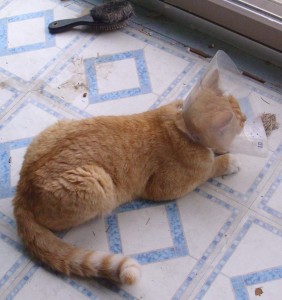There are many claims about sea cell fiber. I’m unsure as to what claims are real or fiction but I will present them all so as the consumer you can decide.
Basically, Seacell textile fiber is the result of a simple idea: the natural cellulose-based Lyocell fiber acts as the carrier for a natural, health-promoting substance – seaweed.
The minerals contained in seawater accumulate in seaweed. This explains the high concentration of trace elements, vitamins and minerals found in seaweeds and which make it particularly suited for medical applications and cosmetic products. Cosmetic products based on seaweed improve the blood supply to the skin and activate the skin cell metabolism, ensuring that the skin remains fresh, firm, and smooth. Medicines that contain seaweed accelerate the healing of skin inflammations caused by infections or allergic reactions.
The porous, open structure of the Seacell textile fibers promote humidity intake and release, and a healthful interaction between the fiber and the skin. The garment absorbs what your skin expels, while your skin absorbs the healthful elements carried in the fibers. Even after numerous washings, the health-promoting, beneficial effects of the fiber remain unaffected.
Citing my Information http://www.underwear-options.com/seacellfibers.html
On the other side of the coin some of these claims may not be true it would depend on what componets are left after production and processing. As with many foods they lose nutriction with cooking I would imagine the same could happen with fibers.
I also find one claim to be really woo- wooish. The claim that seacell fiber reduces stress. I really do find that to be beyond me however that said maybe spinning and knitting the fiber could reduce stress.
Here is my sea cell fiber all spun dyed up with cushing’s direct dyes in purple it took beautifully. I found that it spins up a lot like wool, it’s very grippy. However, the sheen on it is like silk.
Poor Baxter had to go to the Vet yesterday. He has an abcess from picking at his ears. Darn earmites I just can’t seem to get a handle on them this year.
Tags: animal rescue, animals rescue maine, fiber processing, roving wool, sea cell fabric, sea cell fiber, sea cell yarn, seacell spinning, seacell spinning fiber, vegan spinning fiber, vegan spinning wool, vegetarian spinning fibers














I’m of the mind that if it works for you, then so be it. Some will swear by it…others will swear at it. I think most hand spun yarns have some sort of ability to heal…be it heart and soul or body. 🙂
I admit to being a bit of skeptic until I see lab results in most cases but I sometimes be swayed by a logical point of view.
ear mites suck…poor kitty…
yes they do:)
I’m very interested in your two articles on sea cell fiber. I’m not a weaver or a spinner, but I’d love to have something made of this fiber. Do you know where I can get It? Also, do you intend to keep experimenting with this material. Where do you get the algae?
They use actual seaweed, the closest thing I can think of is dulse or seaweed wraps for sushi. “The seaweed species, the techniques and the processing costs are classified an ” industrial secret “.” I quoted this from the first part of this series because it is an answer but is not an answer. People and their darn trade secrets!
I have only been able to get small sample of the spinning fiber. To be honest I don’t subscribe to the hoopla because after all the processing the fiber need to go thru I think the results would be minimal at best but I put the information out there so everyone could make their own decision.
Some places you can get items made out of this fiber are: http://www.herroom.com
I really expected to find many others but after checking about 8 sites most were links that were bad or the store no longer carried the item.
Fibre is the mother of yarn. The quality of any fabric depends on the quality of fibre. So this is very necessary to acquire the basic knowledge about textile fibre.